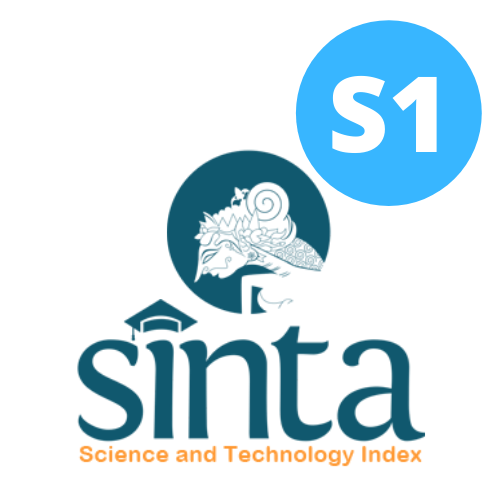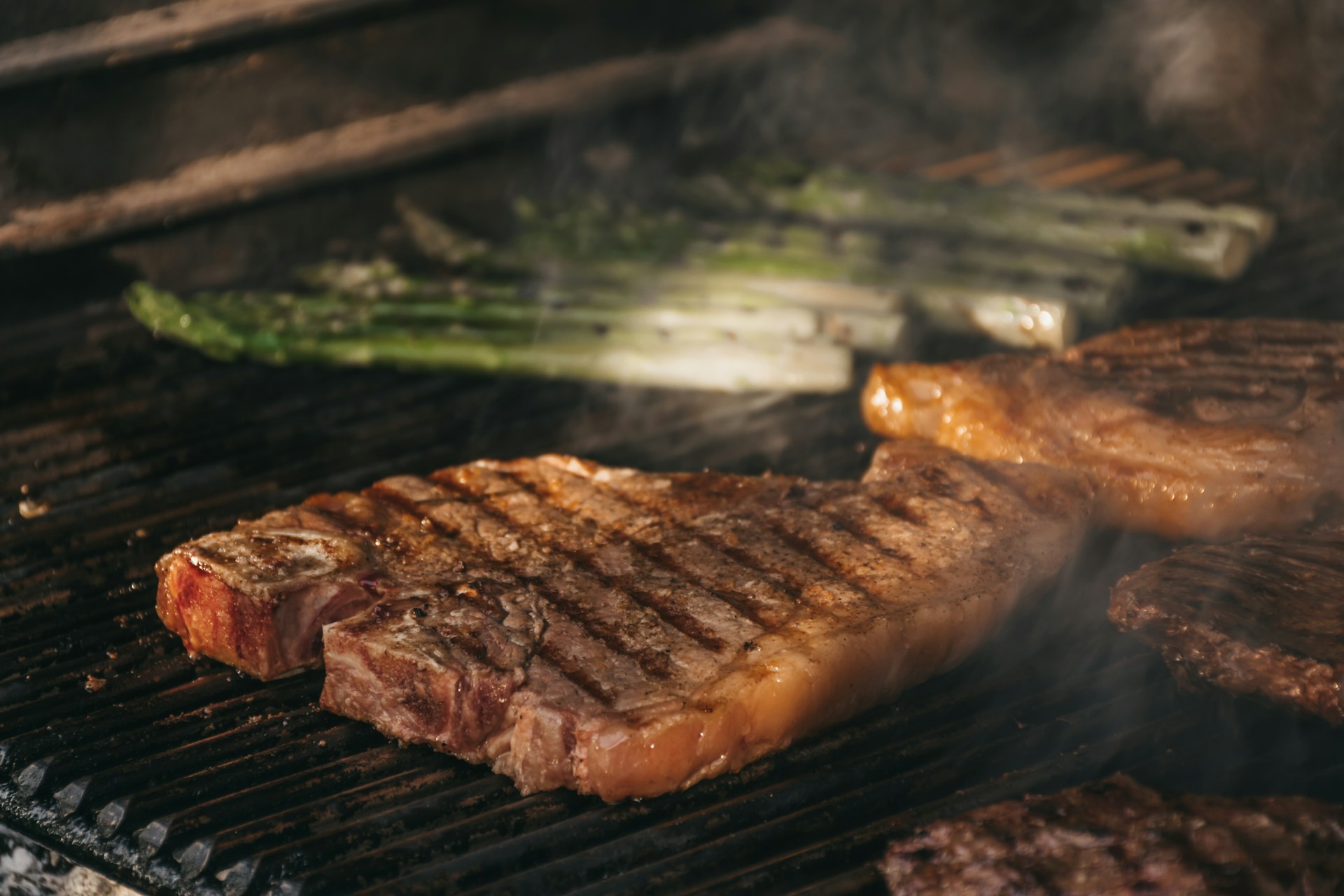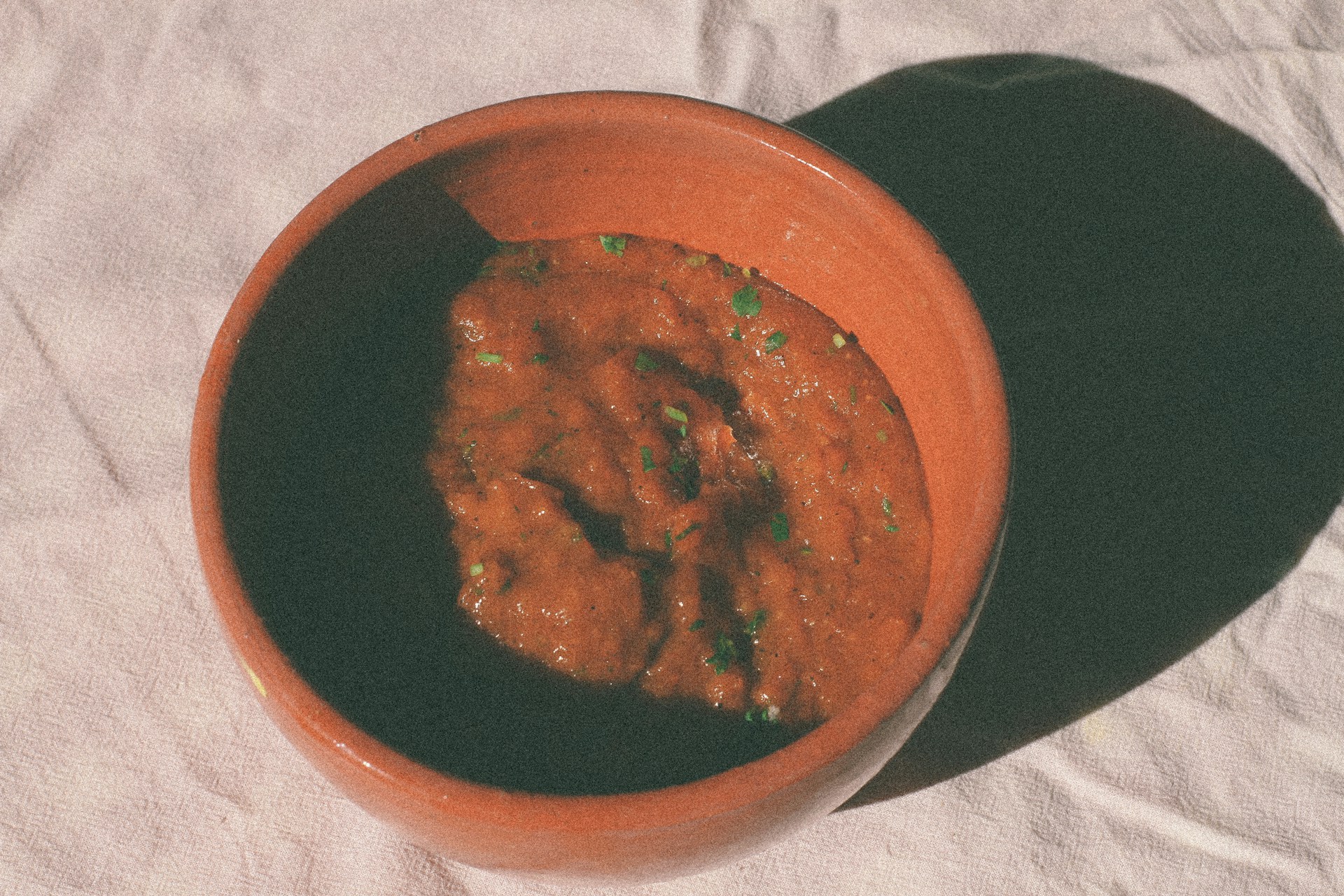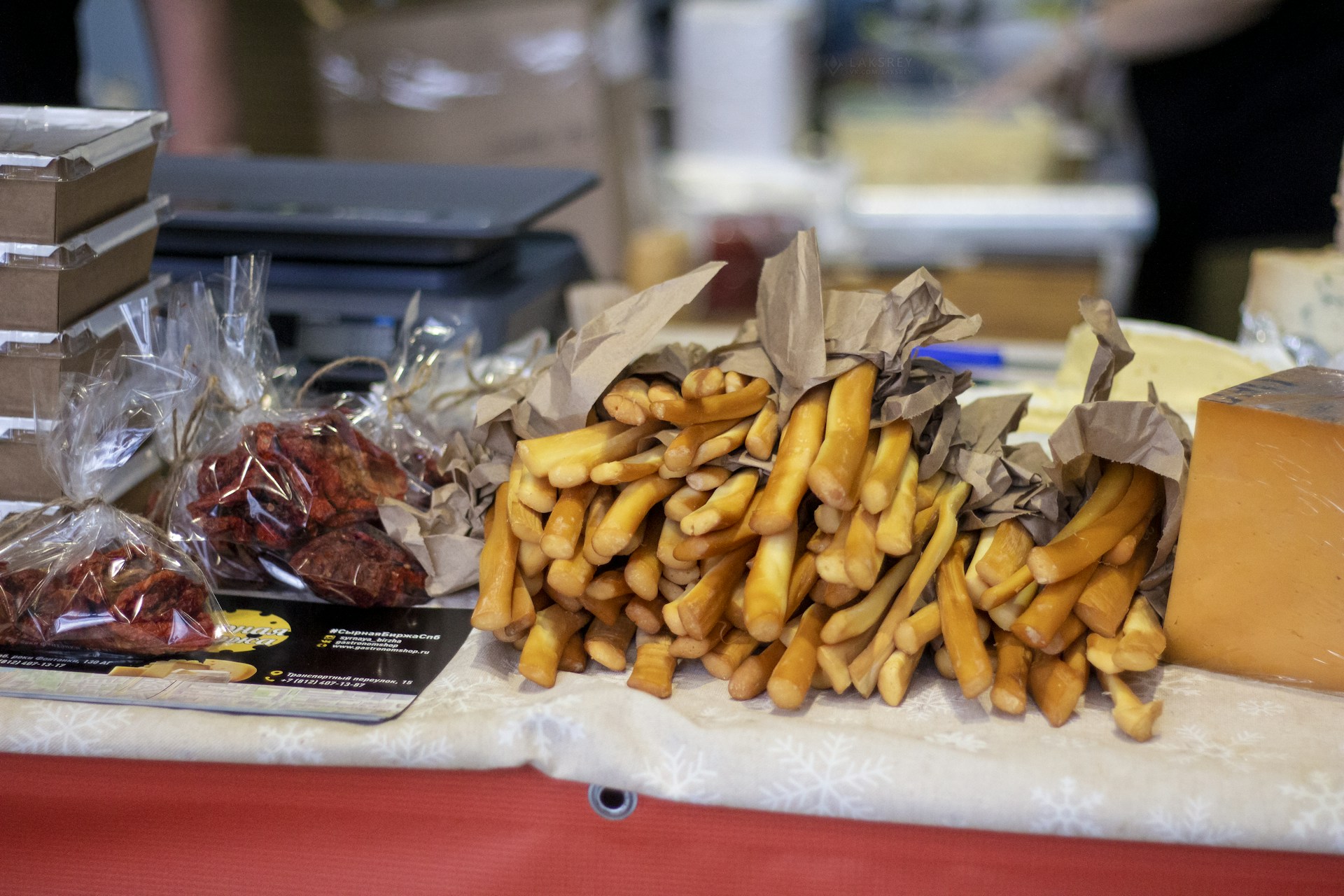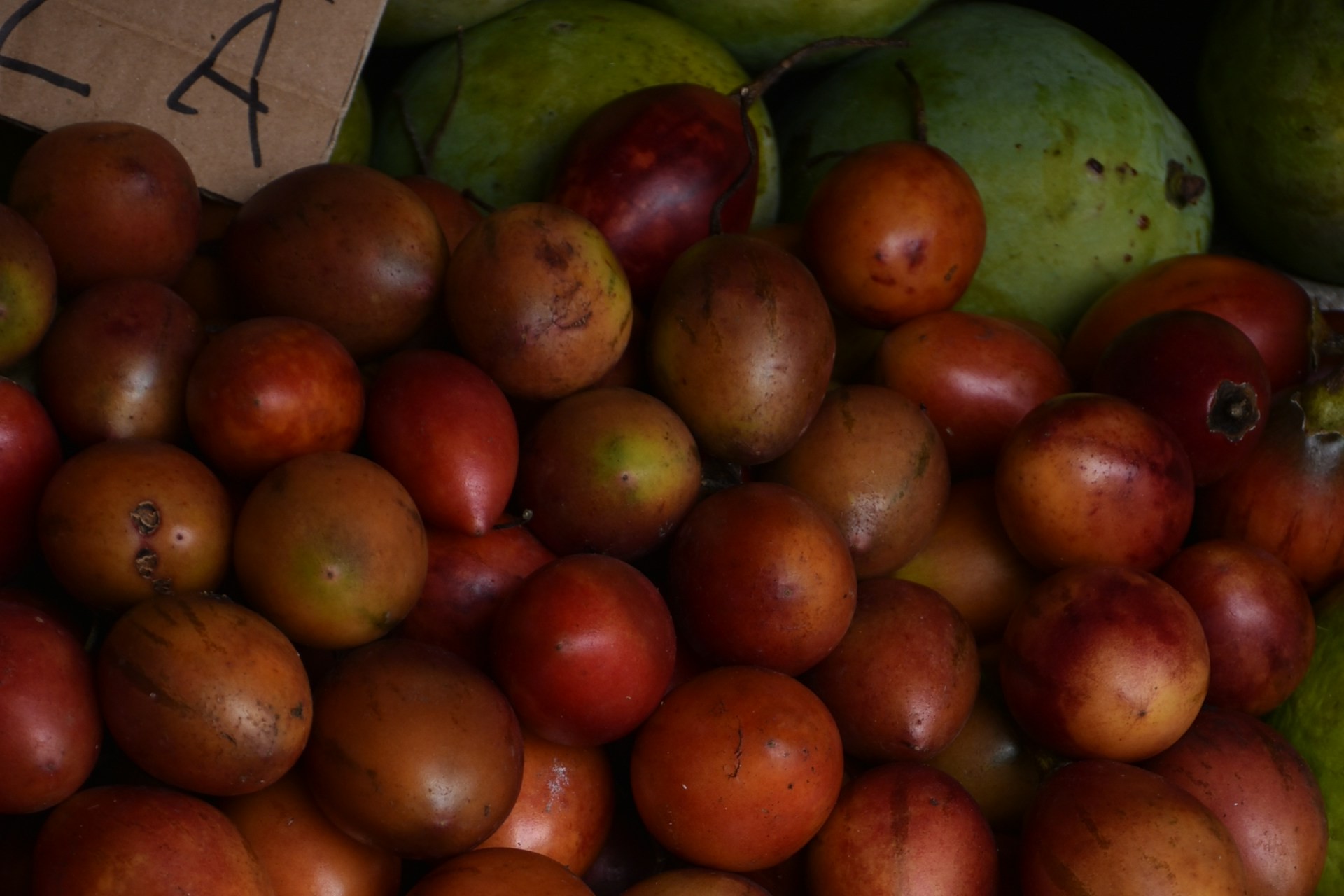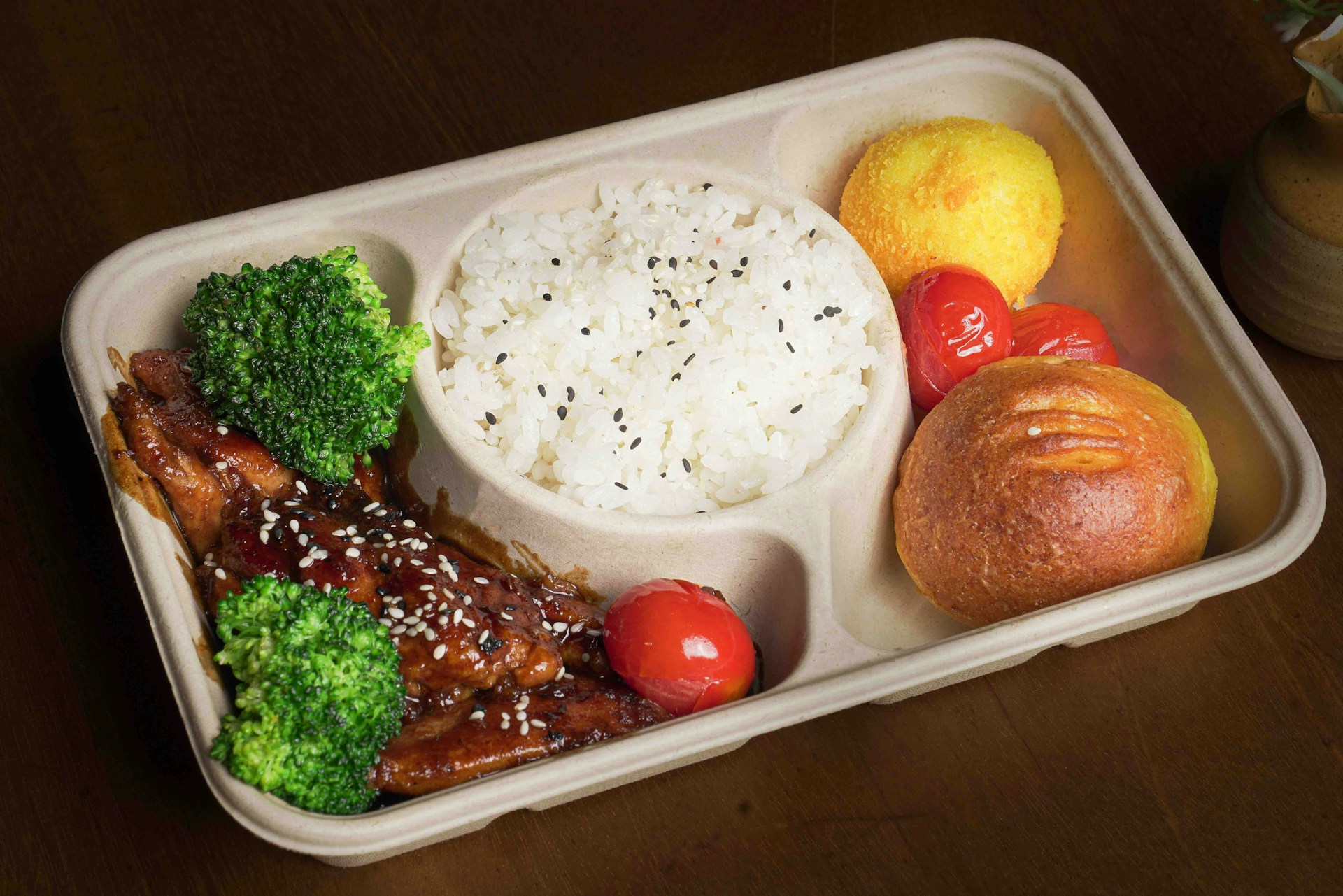The Effectiveness of Combining Iron Supplementation with Sweet Orange in Increasing Hemoglobin Levels
Efektivitas Kombinasi Tablet Tambah Darah dengan Jeruk Manis dalam Meningkatkan Kadar Hemoglobin
Background: Iron (Fe) deficiency is the leading cause of anemia worldwide due to the impact on hemoglobin (Hb) production. Meanwhile, several nutrients, including protein, iron, copper (Cu), zinc (Zn), vitamin A, and vitamin C, influence Hb levels.
Objective: This study aimed to evaluate the effectiveness of iron supplementation combined with sweet orange in increasing Hb levels.
Methods: A quasi-experimental pretest-posttest design was used with a total of 45 menstruating female students from Grades 8 and 9 as participants. These individuals were divided into two groups, one group received iron supplements (TTD) alone, while the other was given TTD combined with 130 grams of sweet orange, providing 63.7 mg of vitamin C, for 12 weeks. Hb levels before and after the intervention were measured using the Easy Touch GCHb device. An independent t-test was used for statistical analysis.
Results: The results showed that the combination of TTD and vitamin C from sweet orange was significantly more effective in increasing Hb levels in adolescents compared to TTD alone (p-value=0.001).
Conclusions: The combination of TTD and sweet orange was more effective in increasing Hb levels. These results provide valuable insights for government programs aimed at improving adolescent iron supplementation by incorporating vitamin C-rich food sources, such as sweet orange, to enhance iron absorption.
Suryana dkk. Magister Pendidikan Agama Islam, Tarbiyah dan Keguruan, Universitas Islam Negeri (UIN). Perkembangan Remaja Awal, Menengah Dan Implikasinya Terhadap Pendidikan 8, 1917–1928 (2022). DOI: 10.58258/jime.v9i1.3494/http://ejournal.mandalanursa.org/index.php/JIME.
Khoerunisa, D. & Istianah, I. Hubungan Asupan Zat Gizi Makro Dan Aktivitas Fisik Dengan Status Gizi Pada Remaja. Jurnal Pangan Kesehatan dan Gizi Universitas Binawan 2, 51–61 (2021). DOI: https://doi.org/10.54771/jakagi.v2i1.236.
Yulaeka, Y. Hubungan Status Gizi dengan Kejadian Anemia pada Remaja Putri. Jurnal Kebidanan Mutiara Mahakam 8, 112–118 (2020). DOI: https://doi.org/10.36998/jkmm.v8i2.108.
Fitriya Nengsih, D., Siti Fatimah, F., Anwar, C. & Sampurno Ridwan, E. JNKI (Jurnal Ners dan Kebidanan Indonesia) (Indonesian Journal of Nursing and Midwifery) Service quality dimensions affect outpatient satisfaction. 11, Issue 2, 135-145 (2023). https://ejournal.almaata.ac.id/index.php/JNKI/article/view/3098/pdf4.
Nasruddin, H., Faisal Syamsu, R. & Permatasari, D. Angka Kejadian Anemia Pada Remaja di Indonesia. Cerdika: Jurnal Ilmiah Indonesia 1, 357–364 (2021). DOI: 10.36418/cerdika.v1i4.66.
Alfiah, S. & Dainy, N. C. Asupan Zat Besi, Vitamin C dan Konsumsi Tablet Tambah Darah Berhubungan dengan Kejadian Anemia Remaja Putri SMPIT Majmaul Bahrain Bogor. Jurnal Ilmu Gizi dan Dietetik 2, 103–108 (2023). DOI: 10.25182/jigd.2023.2.2.103-108.
Ana Khoirun Nisa dan Probosari. Perbedaan Asupan Gizi Dan Kadar Hemoglobin Pada Remaja Perempuan Obesitas dan Tidak Obesitas. Journal of Nutrition College 8,1, 21-28 (2019). DOI: https://doi.org/10.14710/jnc.v8i1.23809.
Riskesdas. Laporan Riskesdas 2018 Nasional.pdf. Lembaga Penerbit Balitbangkes hal 156 Preprint at (2018).
Astri Wahyuningsih , Anna Uswatun. Hubungan Pengetahuan Tentang Anemia Dengan Kepatuhan Mengkonsumsi Tablet Tambah Darah Remaaja Putri di Sma Negeri 1 Karanganom. INVOLUSI: Jurnal Ilmu Kebidanan. Vol 9, (1), 1-12, (2019). DOI: 10.61902/involusi.v9i1.102.
Rista Andaruni, N. Q. & Nurbaety, B. Efektivitas Pemberian Tablet Zat Besi (Fe), Vitamin C Dan Jus Buah Jambu Biji Terhadap Peningkatan Kadar Hemoglobin (Hb) Remaja Putri Di Universitas Muhammadiyah Mataram. Midwifery Journal: Jurnal Kebidanan UM. Mataram 3, 104 (2018). https://doi.org/10.31764/mj.v3i2.509.
Sunarsih, S., Putri, S. & Lathifah, N. S. Perbedaan Pemberian Tablet Fe Dengan Jus Jeruk Dan Tablet Fe Dengan Vitamin C Terhadap Kenaikan Kadar Hemoglobin Pada Ibu Hamil Trimester Ii. Jurnal Kebidanan Malahayati 5, 181–187 (2019). DOI: 10.33024/JKM.V5I2.1265.
Tonasih, T., Rahmatika, S. D. & Irawan, A. Efektifitas Pemberian Tablet Tambah Darah Pada Remaja Terhadap Peningkatan Hemoglobin (Hb) Di STIKes Muhammadiyah Cirebon. Jurnal SMART Kebidanan 6, 106 (2019). DOI: http://dx.doi.org/10.34310/sjkb.v6i2.292.
Suparningsih, N. M. D. Perbedaan Peningkatan Kadar Hemoglobin Yang Mengkonsumsi Tablet Fe Dengan Tablet Fe Kombinasi Vitamin C. Jurnal Media Kesehatan 7, 192–197 (2018). DOI: 10.33088/jmk.v7i2.245.
Dusu, H. P Perbandingan Antara Pemberian Tablet Zat Besi (Fe) Dengan Sari Kacang Hijau Dan Vitamin C Dengan Tablet Zat Besi (Fe) Terhadap Peningkatan Kadar Hb di Puskesmas Wundulako Kabupaten Kolaka. Jurnal Omicron ADPERTISI 2, 39–48 (2023). https://jurnal.adpertisi.or.id/index.php/joa.
Agusmayanti, R., Farich, A. & Anggraini, A. Pemberian Vitamin C Dapat Meningkatkan Kadar Hemoglobin Pada Ibu Hamil Anemia. Jurnal Kebidanan Malahayati 6, 342–348 (2020). DOI: 10.33024/jkm.v6i3.1731.
Skolmowska, D. & Głąbska, D. Effectiveness of Dietary Intervention with Iron and Vitamin C Administered Separately in Improving Iron Status in Young Women. Int J Environ Res Public Health 19, 1–19 (2022). https:// doi.org/10.3390/ijerph191911877.
Rieny, E. G., Nugraheni, S. A. & Kartini, A. Peran Kalsium dan Vitamin C dalam Absorpsi Zat Besi dan Kaitannya dengan Kadar Hemoglobin Ibu Hamil: Sebuah Tinjauan Sistematis. Media Kesehatan Masyarakat Indonesia 20, 423–432 (2021). DOI: https://doi.org/10.14710/mkmi.20.6.423-43.
Wahyuni, E. S. Pengaruh Suplementasi Fe dan Vitamin C terhadap Hemoglobin dan Indeks Eritrosit Remaja Putri. Jurnal Kesehatan 12, 162 (2021). DOI https://doi.org/10.26630/jk.v12i2.2482.
Kusdalinah, Suryani, D., Nugroho, A. & Yunita. Pengaruh Kombinasi Asupan Protein, Vitamin C dan Tablet Tambah Darah Terhadap Kadar Hemoglobin Remaja Putri. Media Gizi Indonesia 18, 21–26 (2023). https://doi.org/10.20473/mgi.v18i1SP. 21–26.
Septiawan, Y. & Sugerta, E. Hubungan Kebiasaan Minum Teh pada Ibu Hamil Trimester II Di Puskesmas Kotabumi. Jurnal Kesehatan 6, 117–122 (2015). download.garuda.kemdikbud.go.id/garuda956748.
Fitriany, J. & Saputri, A. I. Anemia Defisiensi Besi. AVERROUS: Jurnal Kedokteran dan Kesehatan Malikussaleh 4, 1 (2018). https://ojs.unimal.ac.id/averrous/article/view/1033/552.
Santoyo-Sánchez, A., Aponte-Castillo, J. A., Parra-Peña, R. I. & Ramos-Peñafiel, C. O. Dietary recommendations in patients with deficiency anaemia. Revista Médica Del Hospital General De México 78, 144–150 (2015). http://dx.doi.org/10.1016/j.hgmx.2015.06.002.
Susilo Wirawan, Lalu Khairul Abdi, Baiq Nuriyansari & Ristrini. Pengaruh Pemberian Tablet Besi Dan Tablet Besi Plus Vitamin C Terhadap Kadar Hemoglobin Ibu Hamil. Buletin Penelitian Sistem Kesehatan 8, 285–292 (2015). https://media.neliti.com/media/publications-test/20954-effect-of-vitamin-c-and-tablets-fe-on-ha-dff00f32.pdf.
Pratiwi, R. & Widari, D. Hubungan Konsumsi Sumber Pangan Enhancer Dan Inhibitor Zat Besi Dengan Kejadian Anemia Pada Ibu Hamil. Amerta Nutrition 2, 283 (2018). DOI: 10.2473/amnt.v2i3.2018.283-291.
Li, N. et al. The Efficacy and Safety of Vitamin C for Iron Supplementation in Adult Patients with Iron Deficiency Anemia: A Randomized Clinical Trial. JAMA Network Open 3, E2023644 (2020). DOI: 10.1001/jamanetworkopen.2020.23644.
Cook, J. D. & Reddy, M. B. Effect of ascorbic acid intake on nonheme-iron absorption from a complete diet. American Journal of Clinical Nutrition 73, 93–98 (2001). DOI: 10.1093/ajcn/73.1.93.
Deng, J. et al. Efficacy of Vitamin C with Iron Supplementation in Iron Deficiency Anemia Patients: A Systematic Review and Meta-Analysis. Blood 142, 1091–1091 (2023). https://doi.org/10.1182/blood-2023-174801.
Copyright (c) 2025 Amerta Nutrition

This work is licensed under a Creative Commons Attribution-ShareAlike 4.0 International License.
AMERTA NUTR by Unair is licensed under a Creative Commons Attribution-ShareAlike 4.0 International License.
1. The journal allows the author to hold the copyright of the article without restrictions.
2. The journal allows the author(s) to retain publishing rights without restrictions
3. The legal formal aspect of journal publication accessibility refers to Creative Commons Attribution Share-Alike (CC BY-SA).
4. The Creative Commons Attribution Share-Alike (CC BY-SA) license allows re-distribution and re-use of a licensed work on the conditions that the creator is appropriately credited and that any derivative work is made available under "the same, similar or a compatible license”. Other than the conditions mentioned above, the editorial board is not responsible for copyright violation.








